- Popular Post
-
Posts
2,006 -
Joined
-
Last visited
Content Type
Profiles
Forums
Downloads
Posts posted by Bandersnatch
-
-
1 hour ago, nickmondo said:
It can be a very good investment if your kwh useage is large, but if you only use about 10 a day, it would take a long time to re claim your investment
I have already shared my payback.
Using these figures for your example of 10kWh/day usage
5,000 watts of PV @ ฿5/W = ฿25,000
5kWh of BESS @ ฿5k/kWh = ฿25,000
5kW of Inversion @ ฿5k/kW = ฿25,000
Total cost (not including installation and ancillaries) = ฿75,000
Savings
PEA Bill 3,650kWh/yr @ ฿5/kWh = ฿18,250/year
Payback = 4 years
Or
Total cost including installation and ancillaries (estimated) = ฿100,000
Savings
PEA Bill 3,650kWh/yr @ ฿5/kWh = ฿18,250/year
Payback = 5.5 years
-
 1
1
-
 1
1
-
-
This guy put a wrap on, didn’t like it but it took the paint off when he pealed off the wrap
https://www.facebook.com/share/p/6sczZMvBoCCvqrcN/?mibextid=I6gGtw
-
55 minutes ago, Startmeup said:
Interesting. Thailand has become alot more developed since 2010, almost 15 years ago and that means massive amounts of condos have been built in Bangkok, Pattaya, Hua Hin, Phuket etc since then as people leave the countryside and move to cities where there is more work and opportunities available. I would think these stats have changed alot.
"I would think these stats have changed alot"
10% in 2010 and you think it is now over 50%
But no evidence offered to support your thinking.

-
Mr Stuck Record - sorry
Photo taken after car wash
https://www.facebook.com/groups/bydsealthailand/permalink/230545010048178/
-
6 years ago while I was researching battery options I contacted Redflow and they gave me details of their reseller here in Thailand.
Items manufactured in Thailand but made in factories located in free trade zones which are designed to encourage exports are treated as imported when they enter Thailand proper and taxed as such.
I was quite interested in Redflow’s ZBM2 10kWh zinc-bromine flow battery made in Thailand.
The price to purchase after it had been shipped from Thailand to Australia was ฿260,439 but in Thailand where it was manufactured, the price was ฿550,000
I bought some cheap deep cycle gel batteries instead and a few years later paid ฿69,000 for an equivalent sized LFP battery.
-
 2
2
-
-
- Popular Post
- Popular Post
9 hours ago, Startmeup said:Even then it's only suitable for a small amount of people in Thailand as most people live in Condos
This is a common misconception made by visitors to Thailand that only see the big cities and resort towns.
In fact the vast majority of Thais live in detached houses giving plenty of opportunities for adding solar.

-
 1
1
-
 1
1
-
 1
1
-
- Popular Post
- Popular Post
8 hours ago, Startmeup said:80% capacity disclaimer after x amount of cycles reminds me of my iPhone. When I replaced my battery recently it said I still had 90% capacity. I don't care what it says I know what once lasted me a day and a half for 0-12 months now went dead after 3/4 of a day after 18-24 months of use.
I know and Apple knows too there is no way that battery had 90% capacity or even 80% capacity but they give warranties to say they will replace it if it goes below 80%. Instead of me getting a battery on warranty I had to fork out and pay it myself.
Phone batteries and EV batteries are not the same. Leave your phone out in the sun here for a few minutes and it shuts down. EVs have active cooling. My car has a 580km range when it is new. The warranty on the battery is 8 years or 160,000km. If the capacity drops to less than 70% in that time (worse case scenario) the battery will be replaced. So after 8 years it will still have over 400km of range and fast 150kW charging speed.8 hours ago, Startmeup said:Im curious How do these EV's manage from a heat POV especially when charging in a garage or outdoors? Does the charging cycle stop often with the BMS due to overheating or Is it recommended you have it charging in a garage with air con?
At home you will be slow charging using a 7kW wall charger compared to 150W DC rapid charger. So heat will not be a problem. When DC charging active cooling is working and charge speeds can slow if the temperature rises to much, although I have never experienced this unless charging over 80%.If you are really interested in EVs in Thailand, I started a discussion:
-
 2
2
-
 1
1
-
24 minutes ago, Rampant Rabbit said:
most people in Thailand its impractical, Jesus they havent got enough money to get through today
I have 2 Thai friends who have solar businesses and sell almost exclusively to Thais and they are very busy.
Haven’t you seen solar panels for sale everywhere? Or maybe you don’t get out much.
This is the solar group my wife is in and it has 180,000 members
The comment you made about my car was also incorrect. The BYD Seal was the second best selling EV last month in Thailand, they sold over 3,000-
 2
2
-
-
- Popular Post
- Popular Post
26 minutes ago, Rampant Rabbit said:total cost of solar install total cost of batteries, impractical for most.
Are you going to provide any evidence to support that statement?
You clearly don’t have solar and yet you are posting in the Alternative/Renewable Energy Forum where many of us here have had solar for years.
-
 3
3
-
 1
1
-
- Popular Post
- Popular Post
16 minutes ago, Rampant Rabbit said:Having had rats inside a building here gnawing at pipework I hope u have some sort of protection for that lot
6 years on no rats - the snakes eat them all
-
 1
1
-
 1
1
-
 2
2
-
52 minutes ago, superal said:
Have you read about the vertical solar panels ? One YouTube video stated that they can be up to 7 times more efficient
In Europe an East West orientation corresponds with peak demand and low solar supply on the grid. Bi-Facial solar panels make up for low production in the middle of the day with effectively being 2 panels. There are some suggestion that they are cooler and so are more efficient, but 700% more efficient I’m not sure about that.
A couple of years ago I made a video on which direction should your solar panels face.
59 minutes ago, superal said:is it possible to use alternating current air con units , thus an inverter would not be needed ?
Normal air-cons are AC, I think you meant DC. I briefly investigated them during my build. They are very much more expensive than conventional air-cons as they are a bit of a niche product. If the sun goes in the power will drop, so it is recommended to pair them with batteries. It’s now getting very expensive.
A 5kW inverter will only cost you ฿25k so you’re not saving much.
1 hour ago, superal said:Kitchen size about 20 x 4 x 3 meters . L x W x H
So equivalent to 5 conventional 4mx4m rooms with all the added heat from the kitchen and I am guessing not much insulation or a good air seal?
Wouldn’t want to guess what your BTU requirement would be but it’s going to a lot
-
 1
1
-
 1
1
-
-
- Popular Post
- Popular Post
7 minutes ago, Srikcir said:Looking at the photo showing the roof down drain piping - are you recycling the rain water, ie., to a water reservoir tank to provide domestic water pressure or garden use?
I have a rainwater harvesting system that provides drinking water and household water and 2 filter systems to provide the different qualities of water. All Grey and Black water is processed and returned to the garden
Thanks to Ruben from http://www.h2o.in.th/
-
 1
1
-
 1
1
-
 1
1
-
- Popular Post
- Popular Post
1 minute ago, Srikcir said:Curious - would you use solar thermal heating too or just use solar electric for individual electric hot water units?
I had solar thermal since before I installed solar. It is a very efficient way to heat water and protects you from very high energy demand spikes.
A 6kW water heater draws nearly as much power as my EV (7kW)

-
 2
2
-
 1
1
-
- Popular Post
- Popular Post
28 minutes ago, xtrnuno41 said:Let us know when you regretted it. 😉
Did you watch the video?In case you didn’t I showed my electric bill for all of last year and it showed zero units used, when I had 36kWh of solar batteries
I now have an EV with an additional 82.5 kWh of backup power.
I have provided evidence that I can operate without the grid on 36kWh so why do so many people think I won’t be able to on 118kWh?
-
 3
3
-
58 minutes ago, digger70 said:
That's only 5 Yrs. good luck .
5 years 70%
-
56 minutes ago, UWEB said:
Will this V2L System work also with a 3 Phase System? I have a 3 phase 10 kw on Grid System and have it already for longer time in my mind to buy a EV Car and use the Battery as back up.
You should watch my other videos on my channel about how I setup V2L. Basically I used a transfer switch to select between 2 sources of ac power input. In your case the grid and V2L. Set your inverter to SBU (solar first, then Battery, then Utility) with Utility if there is no V2L it will switch to PEA/MEA
I have single phase so I can’t say for certain that it would work. Does your inverter have the option to accept a generator input?
-
25 minutes ago, Expat68 said:
Maybe!! How long do you think batteries will last?
Warranty is 5years/6,000 cycles maximum degradation 70%. They use CATL LFP Cells

-
 1
1
-
-
1 hour ago, brianthainess said:
At 26 baht a month why get rid of the meter? To save 312 baht a year? Have you explained to PEA why your readings are low, to stop them replacing the meter, have you e-mailed there head office with photos attached?
I have documented my experiences with PEA over the years on this forum.
I have been accused of spinning my meter backwards (to the exact same reading every month)
Each time I asked for a digital solar meter that cannot be turned back.
I have been accused of breaking their meters with my big bad off-grid solar system.
I have had about 20 meetings with PEA Surin at their main office over the years.
I have had my solar system inspected 4 times including by the Solar Team from PEA Korat, who tried to explain to the local office that my system is off-grid and physically cannot send power out to the grid.
Over the years staff change. Every time I get a new meter reader, I get a new meter.
-
 1
1
-
 1
1
-
-
1 hour ago, digger70 said:
Good luck Mate , Time will tell what the cheapest way is in years to come when it's time to Replace some costly consumable parts.
I have had solar for over 5 years and not had to replace anything yet.
-
 1
1
-
 1
1
-
-
- Popular Post
- Popular Post
2 hours ago, Bazerino said:how many years will it take to get your money back from the solar installation?
At todays prices:
Main Components:
20,000 Watts of PV @ ฿5/W = ฿100,000
36kWh Batteries @ ฿5k/kWh = ฿180,000
20kW of Inversion @ @ ฿5k/kW = ฿100,000
= ฿380,000Savings:
PEA saving ฿5,000/month
Fuel saving for 2 drivers and 2 vehicles ฿4,000/month (based on Previous usage)
= ฿108,000/Year saving
Payback = 3.5 Years - after which free electricity and driving-
 3
3
-
1 hour ago, sirineou said:
I don't think he gave the meter back, why would someone do that? II don't think it costs anything to keep the meter, Am I correct?
That way during the rainy season where you might not produce anything you can draw from the matter and when you produce more than you consume , you can feed back .
Did you watch the video I posted in my opening post?
-
28 minutes ago, CharlesHolzhauer said:
To be honest, I find myself envious of your off-grid solar energy setup, as it offers independence from the conventional electrical grid. While I have the financial means to invest in such a project, unfortunately, I lack the expertise.
Considering replacing one of my cars, I'm contemplating an electric vehicle like the NETA V for our short shopping trips around town. Fueling it from solar produced energy sounds immensely attractive and sensible. However, I'm curious about the skills required for maintaining such an elaborate solar setup in comparison to a conventional electrical grid installation.
As I am getting older, I also wonder about the long-term sustainability of such a system, especially in the event that my wife might have to manage the solar installation alone. In our village, there's a skilled person proficient in rewiring houses with breaker boxes and earthing equipment, but he admits to having no knowledge of solar installations and their components.
Given my age, it's a concern that my wife or her relatives may not possess the skills needed to maintain, fix, or troubleshoot issues with the solar setup. Have you considered this aspect, and if so, do you have any plans in place for the future management of your solar installation?
There a few approaches to solar that attract people for different reasons.
There is the full on DIY approach including building up batteries with individual cells. Such an approach is definitely the cheapest but would be very difficult to support.The other extreme is have a professional company source all the components and install them. They will manage the warranty process and will offer annual checks and panel cleaning. You get what you pay for.
I am in the middle. I purchased all the panels, inverters and batteries myself. I then employed a Thai company to install and supply all the ancillary items. They offer no warranty but can be paid to problem fix. I dealt with the manufacturers to ensure the installation was correct.
In your case I would recommend a professional installation with warranty and support. DM me if you want suggestions
-
 2
2
-
-
- Popular Post
- Popular Post
6 minutes ago, KannikaP said:What's LFP please?
Lithium Iron Phosphate, it’s a new type of Cathode battery chemistry. It is contains no Cobalt, is far safer with a far longer cycle life than Li-ion.
I have LFP batteries in my home storage and my EV.
-
 2
2
-
 1
1
-
 2
2
-
- Popular Post
- Popular Post
8 minutes ago, CharlieH said:I wish the OP good luck, I am sure he did his research and there is a growing community of supporters to assist in such projects and its development. Personally, it's all still too new and the capital expenditure for some can be the non starter.If you have the funds are willing to "go for it" I wish you well and hope it turns out just as you expected.
Many aspects for me are very much "too new" and not enough data.Besides which financially it would be a non starter anyway.Even if I had the funds its not something I would pursue at the low cost of electricity here against capital investment against my probable remaining lifespan. 😀
I have basically been “off-grid” with solar and home batteries for 5 years now and I have posted my solar journey in this forum.
With Solar you are basically paying your electric bill forward and I understand that many people are unable or unwilling to make that investment. For those that do, they are shielding themselves from price rises and power cuts.
Even if your pay-back was ten years then your return on your investment would be 10%, assuming electricity prices don’t rise, which is better than you would get in the bank.
The reason I post is to share my experience, show what is possible and be available to answer questions.
-
 7
7
-
 5
5
-
 6
6
.png.3b3332cc2256ad0edbc2fe9404feeef0.png)


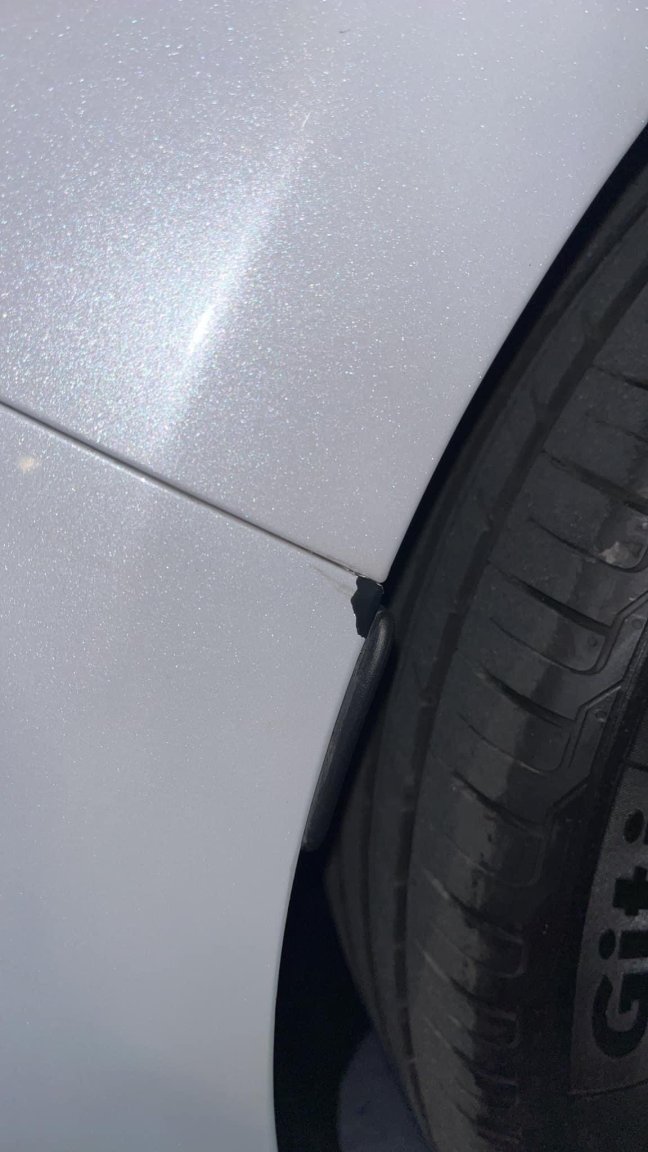
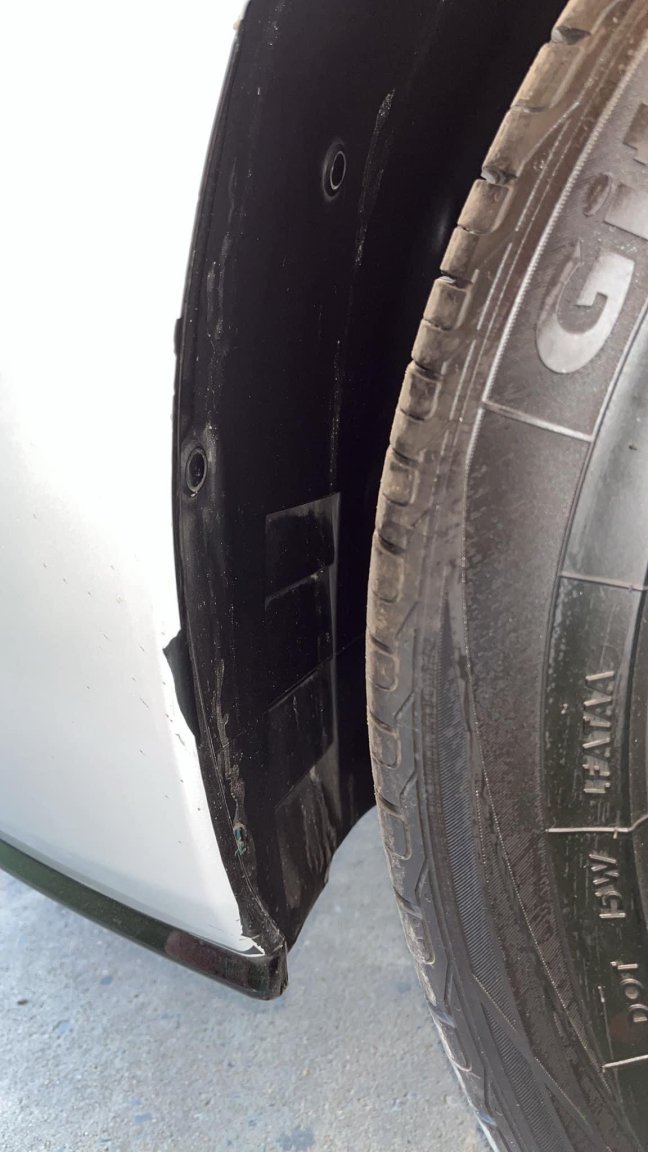
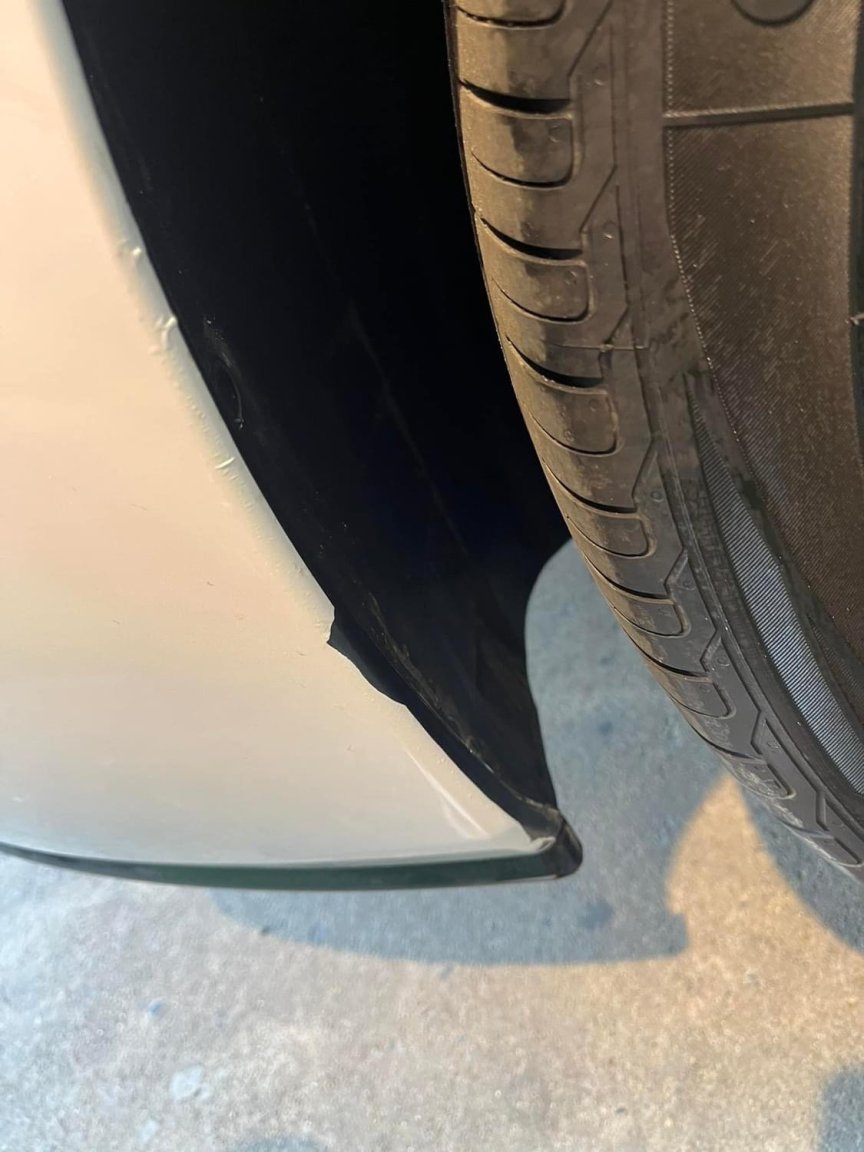

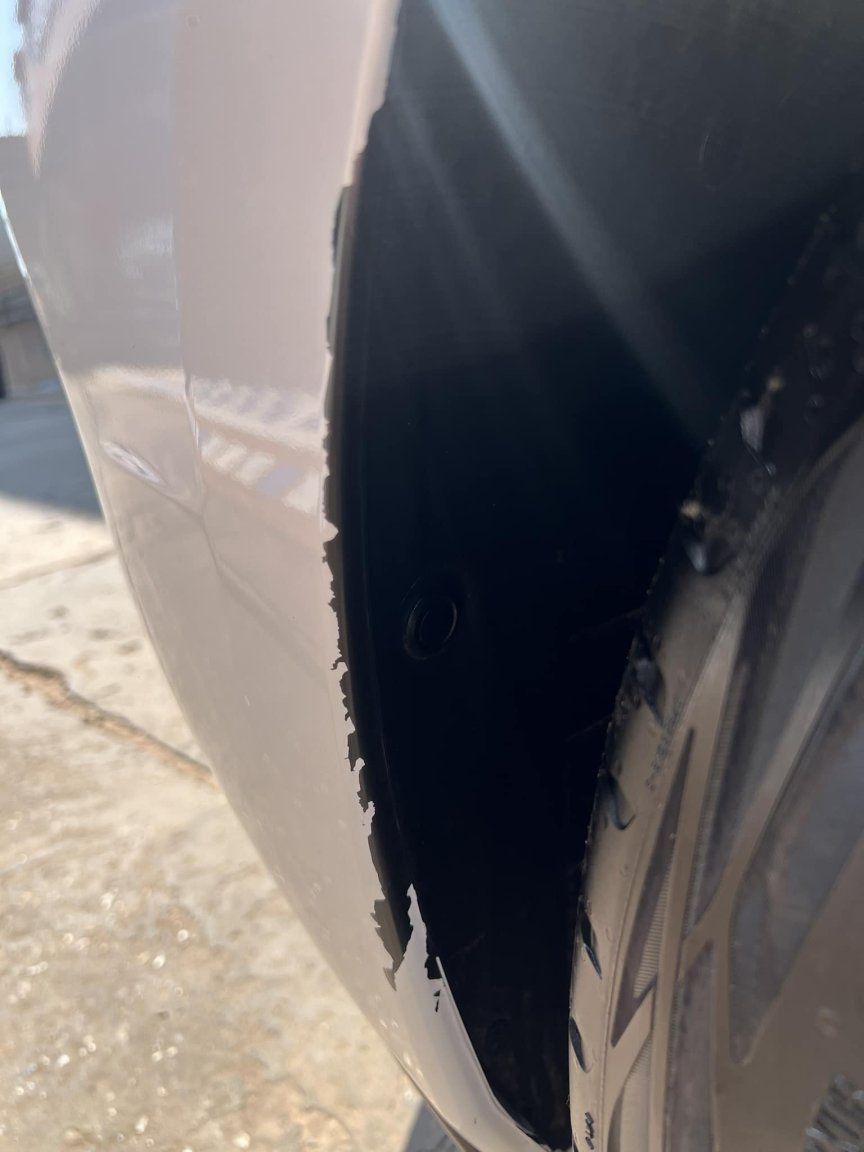
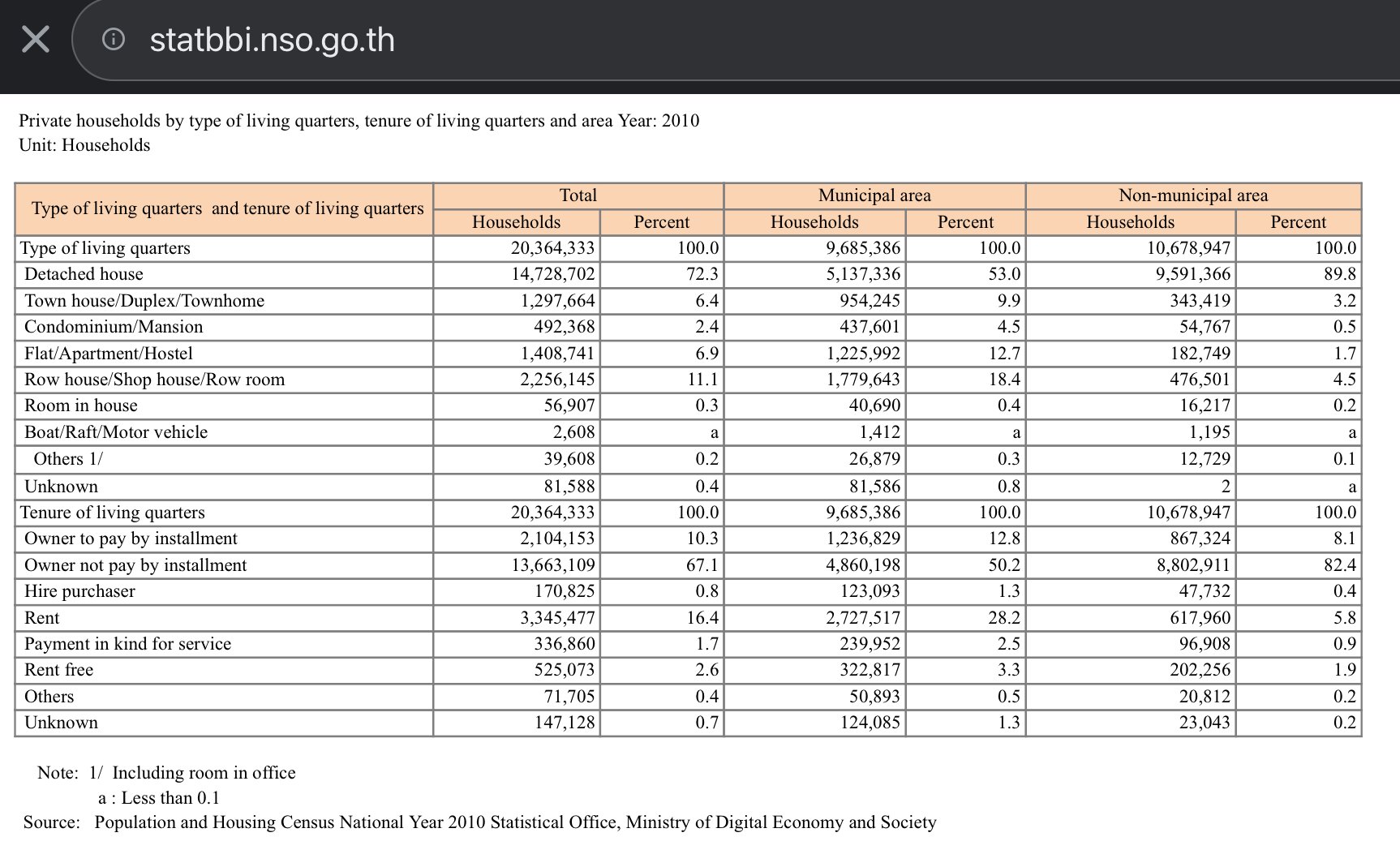


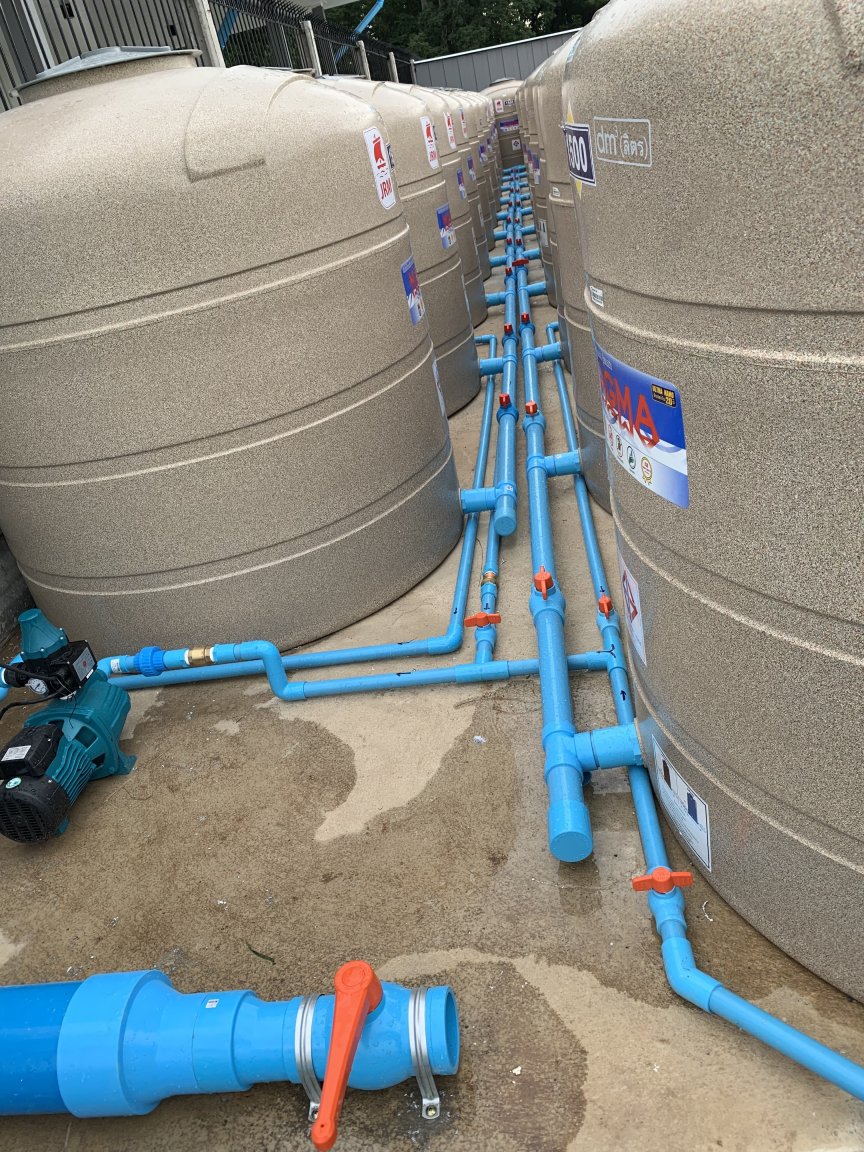



Solar Power is cheap and it’s going to get even cheaper very soon.
in Alternative/Renewable Energy Forum
Posted
Don’t listen to the barstool experts when they talk about solar being too expensive, they’re wrong - they usually are.
https://www.pv-magazine.com/2023/11/23/solar-module-prices-may-reach-0-10-w-by-end-2024/
Tier one solar panels are already at ฿6.5/Watt
Inverters are already as low as ฿4K per kW
Batteries are already at ฿5k per kWh with expectations to see further substantial falls this year
So just using the prices quoted above
5kW of Solar = ฿32,000
5kW Inverter = ฿20,000
10kWh Battery = ฿50,000
Total cost = ฿102,000
or ฿52,000 without the battery